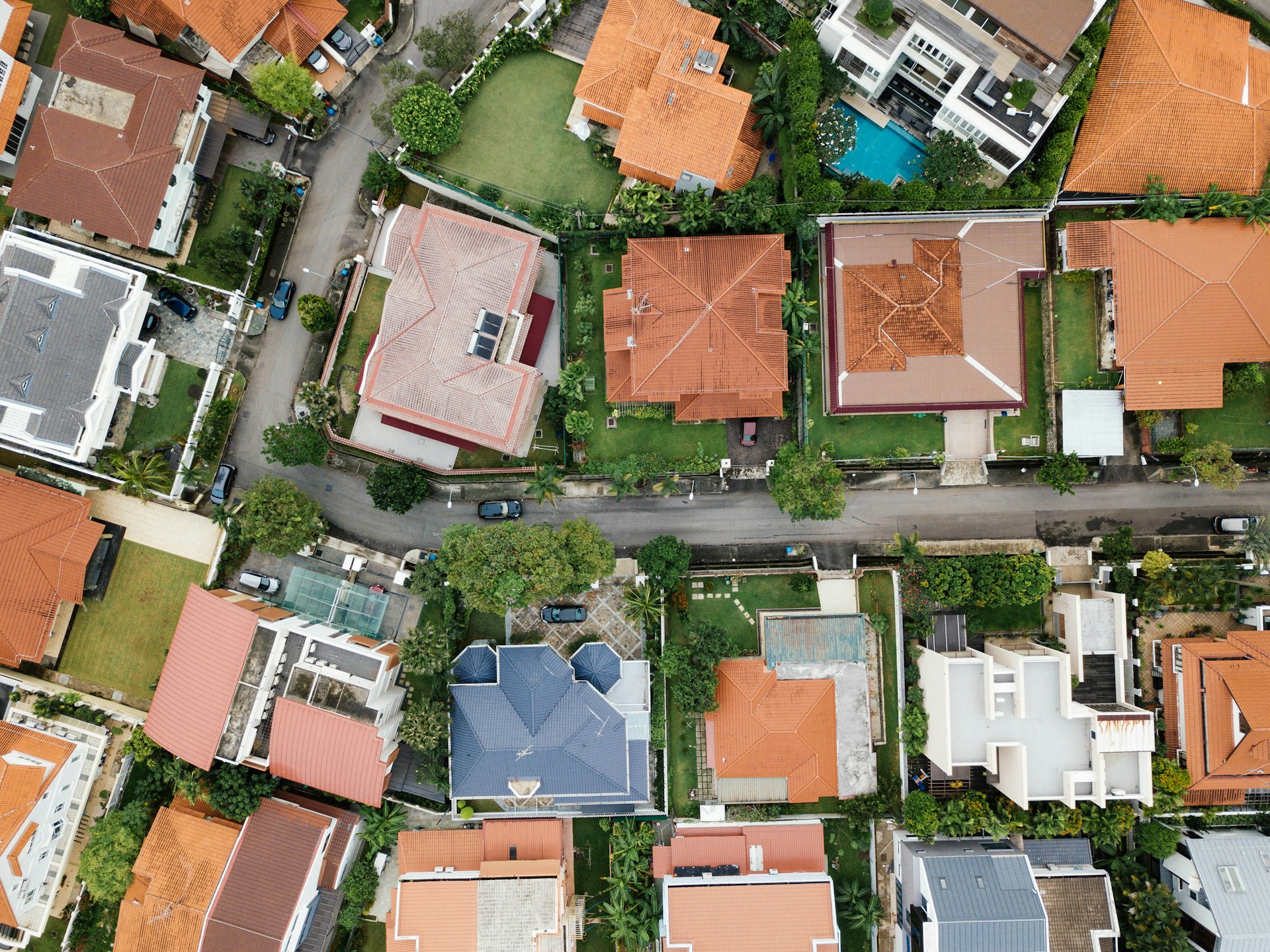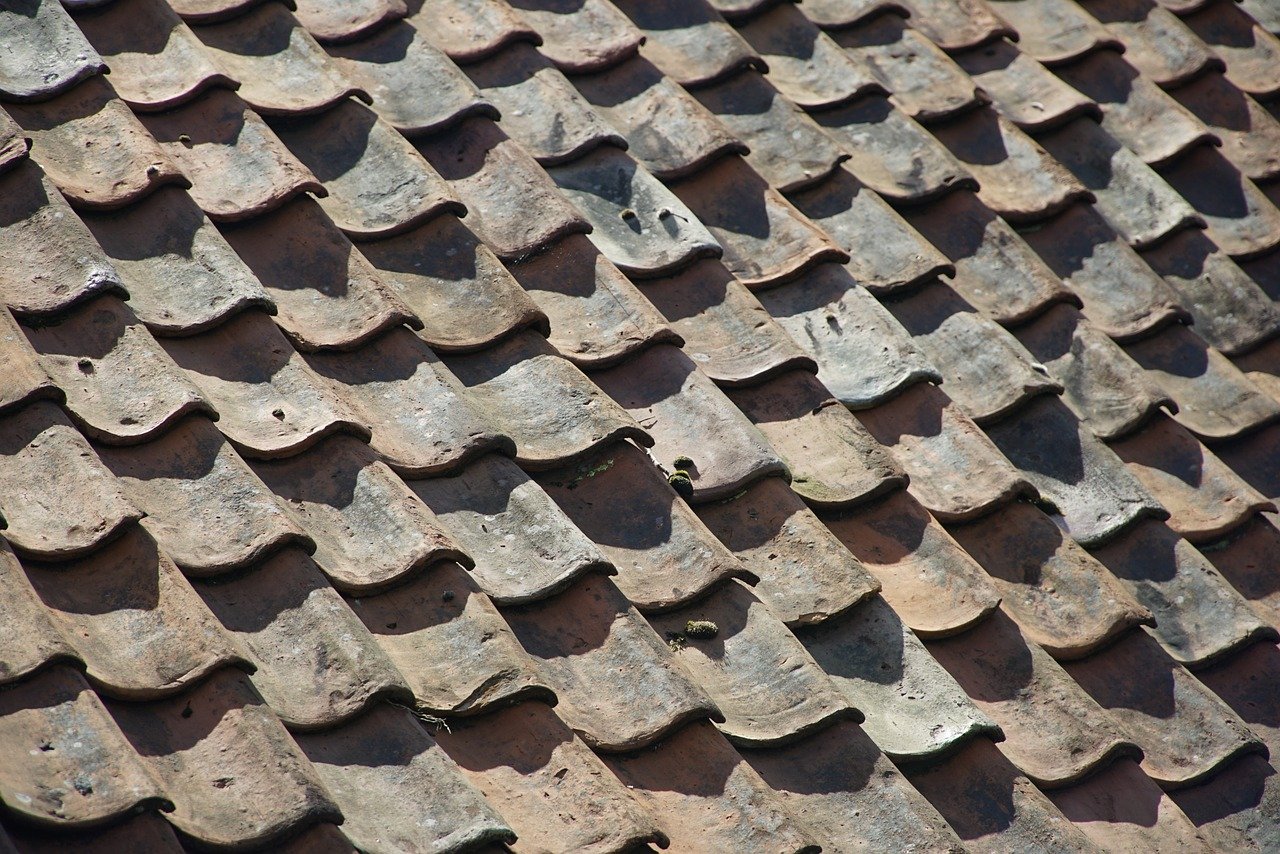How Weather Can Affect the Longevity of Your Roof
The roof of your home serves as the first line of defense against the elements, protecting your space from rain, snow, wind, and the scorching sun. However, these same elements can take a toll on your rooftop, affecting its longevity and structural integrity over time. Understanding how various weather conditions impact your roof can provide valuable insights into maintenance needs and help homeowners make informed decisions about repairs or replacements. This article aims to explore the relationship between weather phenomena and roof durability, shedding light on how to best preserve the essential shield over your head.

Rainfall and Roofing
Constant exposure to rain can have detrimental effects on roofing materials, particularly if they are porous or already weakened. Water infiltration can lead to mold, rot, and structural damage if not addressed promptly. Especially, older roofs or those not designed with sufficient drainage capabilities are at a higher risk. Regular inspections for water damage and immediate repairs can mitigate these risks, ensuring the roof's longevity even in the wettest climates.
Properly installed gutters and downspouts play a crucial role in managing rainfall. They direct water away from the roof and the home's foundation, preventing pooling and saturation. Homeowners should ensure that their roofing system includes an adequate water diversion system and that it is regularly cleared of debris to function effectively. Whether it's asphalt shingle roofs, metal roofing, or flat roofs, proper drainage is essential to maintain a good condition and prevent water damage. It is also worth noting that rainwater can collect pollutants and chemicals from the air, making it acidic. This acidity can corrode roofing materials over time, further highlighting the need for timely maintenance and repairs.
The Impact of Sun Exposure
Over time, the sun's ultraviolet (UV) rays can cause significant damage to roofing materials, leading to fading, cracking, and the breakdown of substances like asphalt shingles. In regions with high sun exposure, reflective or UV-resistant roofing materials can help mitigate these effects, preserving the roof’s integrity and appearance.
To combat the relentless wear from the sun, periodic maintenance, including the application of protective sealants, can extend the life of the roof. Additionally, homeowners should consider the color and material of the roof in relation to their climate; lighter colors and specialized materials may offer better durability and energy efficiency in sunny locales.
Wind Damage and Prevention
High winds can lift shingles, tiles, or even entire portions of a roof, exposing the underlying layers to the elements. This not only compromises the roof's structural integrity but can also lead to water damage inside the home. It's essential for roofing materials to be properly secured and for damaged elements to be replaced swiftly to avoid further deterioration.
Regular roof inspections, especially after severe weather events, can identify and rectify potential vulnerabilities to wind damage. Architectural solutions, such as wind-resistant shingles and enhanced fastening techniques, can also be employed to fortify the roof against future wind-related incidents.
Snow and Ice: A Heavy Burden
The weight of accumulated snow and ice can pose a significant threat to roofs, especially those not designed to bear heavy loads or with compromised structural integrity. Ice dams, which form when melted snow refreezes at the roof's edge, can create pools of water that seep under shingles and into the home.
Preventive measures include proper attic insulation and ventilation to maintain a consistent roof temperature, as well as the use of snow guards and heating cables to manage snow and ice accumulation. Timely removal of snow from the roof, done safely by professionals, can also prevent overloading and ice dam formation.

The Challenge of Hail
Hail can cause immediate and visible damage to a roof, including dents, punctures, and the dislodgment of granules from asphalt shingles, which protect against UV light. After a hailstorm, it's crucial for homeowners to inspect their roofs for signs of damage and to consider the installation of hail-resistant materials if they live in a prone area.
Repairing hail damage promptly can save homeowners from more extensive and costly repairs down the line. This may involve replacing damaged shingles and addressing any leaks that have formed as a result of the storm. Consulting with roofing professionals who specialize in hail damage can ensure that the repairs are thorough and effective.
Weather conditions play a significant role in the lifespan of your roof. By understanding how different elements can impact its durability and taking proactive measures to address them, homeowners can safeguard their roofs and protect their homes for years to come. With regular maintenance, timely repairs, and making informed decisions about roofing materials and design, you can ensure that your roof continues to be a reliable shield against the unpredictable forces of nature. Being aware and proactive about weather-related risks can help extend the longevity of your roof and provide peace of mind for you and your family.